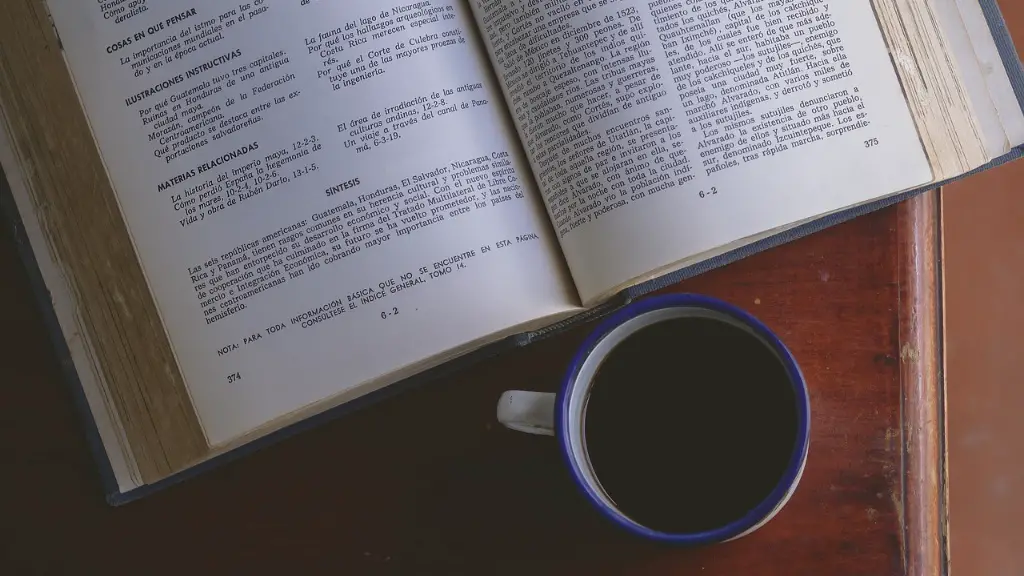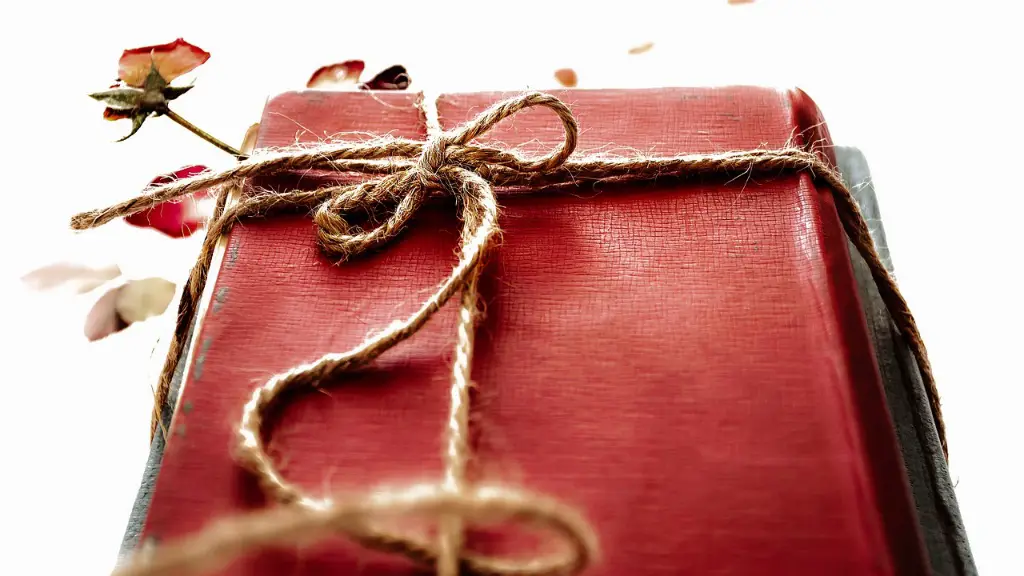Definition of Meter in Poetry
Meter in poetry is a rhythmic pattern of stressed and unstressed syllables. It is a fundamental structural element that determines poetic form. Meter dictates the cadence of the poem, and it serves to shape the poem’s language, its sound, and its structure. From Homer’s ancient Greek epics, meter has been a staple feature of literary works. Metrical verse has been used in various types of poetry throughout the ages, and while many other forms of language and writing exists, meter is a distinctive feature of poetry that contributes to its beauty.
Types of Meter in Poetry
Meter is divided into two main types – accentual meter and syllabic meter. Accentual meter relies on stressed and unstressed syllables in order to create rhythm. Accentual meters are often associated with traditional poetry styles, such as Greek and Latin poetry. Syllabic meter on the other hand, relies on the number of syllables in each line in order to establish rhythm. Syllabic meter is associated with more modern forms of poetry.
Other subdivisions of meter include accentual-syllabic meter, quantitative meter, and free verse. Accentual-syllabic meter combines both accentual and syllabic meter, with the aim of creating a more complex rhythmic pattern. Quantitative meter involves the use of long and short syllables to create rhythm, and is mainly used in Latin and Greek poetry. Finally, free verse is the absence of meter, and is the most open form of poetic style.
Meter as a Structural Element of Poetry
Beyond its purpose of providing rhythm in a poem, meter is a structural element as well. Meter gives structure to a poem and distinguishes it from other forms of prose. It can also be used to create a certain mood or feeling in the poem. For example, a poem with a slow, consistent meter can produce a feeling of peacefulness and calm. On the other hand, a poem with a faster meter may give the poem a feeling of excitement and energy.
The use of meter helps to create a unique artistic impression of the poem, as the reader can feel the affects of the rhythm through the poem’s words and phrasing. Meter also defines the type of poem, as certain forms of meter are associated with different types of poetry. For instance, iambic pentameter is associated with English sonnets and ottava rima is associated with Italian poetry.
Classification of Meter
Different types of meter can be classified according to their meter and the number of feet in each line. One of the main ways poets classify meter is by the number of feet in a line, which could be as low as monometer (one foot per line) or as high as hexameter (six feet per line). Another way to classify meter is by its pattern. Some of the most popular meter patterns in English include iambs, anapests, trochees, dactyls, and spondees, among many others.
Role of Meter in Poetry
Meter is a critical element when it comes to understanding, interpreting, and writing poetry. Poets use meter to convey their emotions and to create certain images. Meter creates beauty and intrigue, it contributes to the style and impact of a poem, and it also gives structure to a poem. We see meter all around us in different forms of literature, and it’s an integral part of the poetic experience.
Techniques Used to Create Meter in Poetry
When poets use meter in their poems, they use a variety of techniques in order to create the desired effect. Metrical variation is one of the main tools used to create rhythm and structure in a poem. This is done by changing the number of feet in a line or by alternating between different kinds of feet or syllables. Poets also use caesuras, or pauses, which can be a period or a comma, in order to break up the rhythm of a poem and add emphasis. Repetition and alliteration can also be used to create rhythm and emphasize certain points.
Uses of Meter in Literature
Meter is one of the oldest forms of literary expression and it has been used in various types of literature throughout the centuries. From traditional poetry of the Greeks and Romans to modern poetry and spoken word, meter has had a major role in literature. It is also used extensively in popular music and songs, as modern music stems from the classical forms of poetry and literature. Meter is a powerful tool that every poet, songwriter or author should master and understand in order to create the desired effect in their work.
The Influence of Meter on the Audience
The use of meter can profoundly affect the reader’s or audience’s experience. Poets use meter to create a sense of movement in a poem, which helps to draw the reader in and create an emotional connection. It can also be used to create a mood or feeling in a poem, as certain meters evoke feelings of peace, sadness, joy, and more. Meter is used in combination with other elements of poetry such as imagery, alliteration, and rhythm to create a unique experience for the reader.
Application of Meter in Poetry
When applying meter in a poem, poets have to consider the meter and the meter pattern of the poem. They have to make sure that the meter of each line flows into the next and that the poem’s overall meter follows the meter pattern of the poem. In order to create an effective poem, poets have to master the art of metrical variation and learn to manipulate the meter in order to create emphasis and evoke emotion.
Conclusion
Meter is a fundamental element of poetry, and it has been used to create rhythm and structure in literature since ancient times. It can be used to create a mood or feeling in a poem, and it also serves to convey the poet’s emotions and communicate certain ideas. It is a powerful tool that poets should master in order to create an effective poem. Meter also serves to engage the audience and create an emotional connection with the poem.


